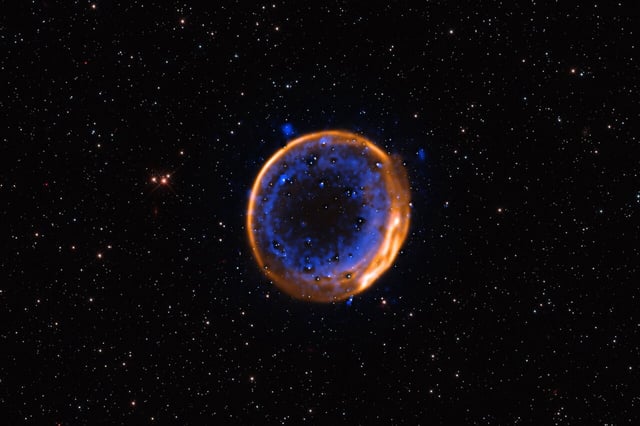Overview
- Observations with the Multi-Unit Spectroscopic Explorer on ESO’s Very Large Telescope produced the first photographic evidence of two concentric calcium shells in the centuries-old remnant SNR 0509-67.5.
- The dual calcium layers match theoretical predictions of a sub-Chandrasekhar double-detonation process in white dwarfs, where an initial helium-shell ignition triggers a secondary core blast.
- Findings published in Nature Astronomy challenge the classic Chandrasekhar-mass model by confirming that some Type Ia supernovae explode before accruing enough mass for a single detonation.
- Priyam Das of the University of New South Wales Canberra led the study, with co-author Ivo Seitenzahl noting that the results validate long-standing theoretical models.
- By refining the explosion mechanism of Type Ia supernovae—key tools for measuring cosmic expansion and primary sources of iron—the research enhances understanding of universal distance scales and elemental production.
